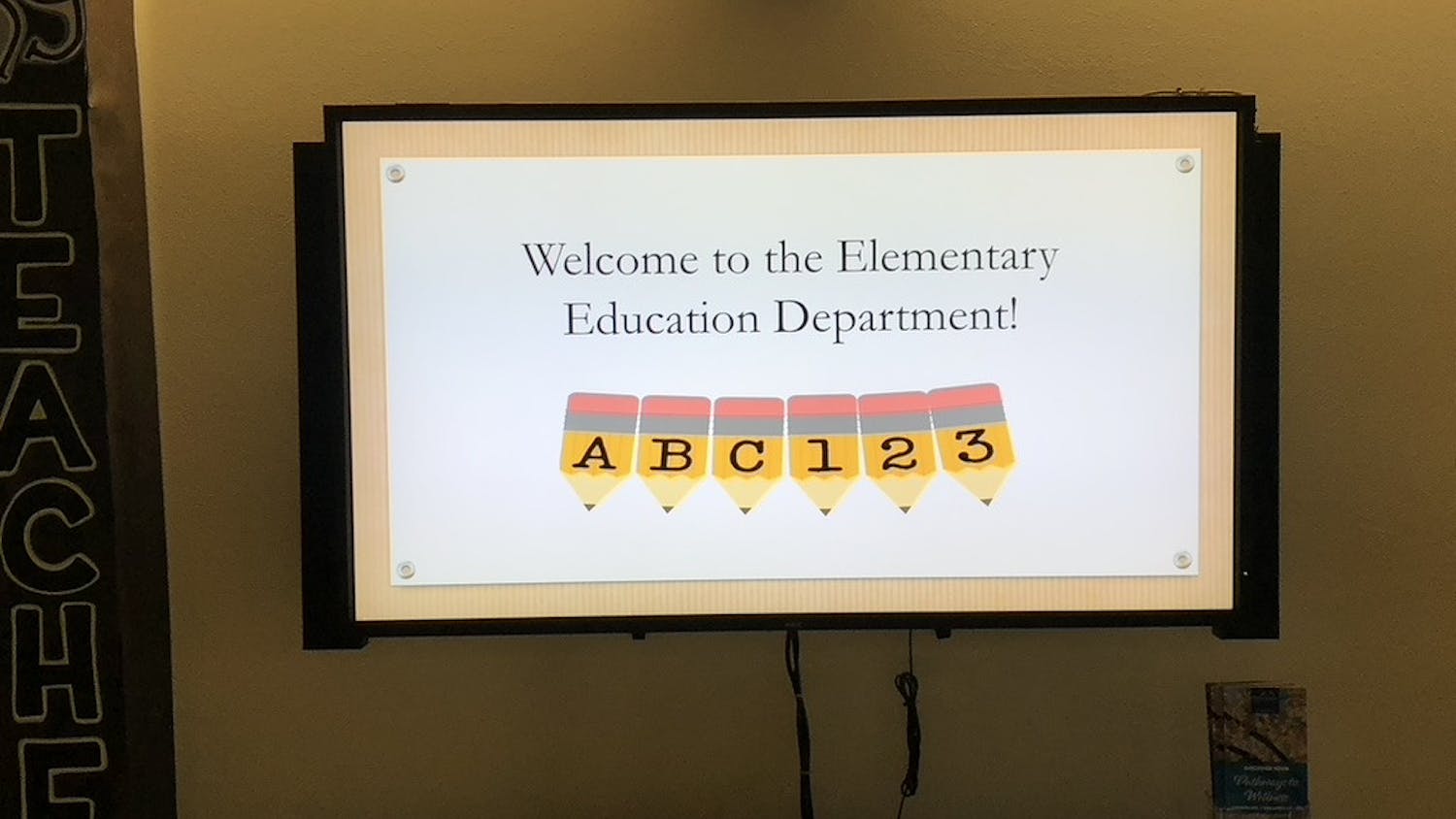Western representatives are beginning the months-long fight for gaining support and funding toward issues in higher education. The 2018 Washington legislative session began on Jan. 8 in Olympia and will continue on for three months.
Some of Western’s top priorities this year include securing funding toward an increase in STEM faculty, maintenance for a new STEM building for the programs, and establishing a new environmental studies degree.
Becca Kenna-Schenk, director of government relations, is one of the advocates for Western this session.
The funding will hopefully raise the class capacity of STEM classes and, according to the government relations 2018 priority list, may let another 100 students per year into STEM majors. Its purpose is to reduce bottlenecks in all STEM degree programs.
The bottleneck effect refers to the difficulty many new STEM students face as they try to enter a program that has limited space in required classes.
“We have more demand than capacity,” Kenna-Schenk said. “In many cases, getting into courses for pre-major requirements can take a quarter, or a couple of quarters, on the waitlist.”
Kenna-Schenk said all majors within the STEM program, except for math, end up capping their classes each quarter due to hitting maximum enrollment. This dramatically limits many students’ access to their major. It extends their time to graduation, and ultimately costs the student and their families more money.
Maereg Woldekiros graduated from Western in fall 2017 with a biochemistry major and a math minor. She said there were many different factors that became obstacles for her while going through the Western STEM program.
One problem that initially held her back was that she didn’t go through the Running Start program, so other students already had more credits than her to begin with.
Credit status can be an issue across all degrees, but in STEM programs, the flow of students who tried to enroll in prerequisite classes was especially congested, Woldekiros said. Some students who did not necessarily need science classes would still enroll for them as concentration or graduate classes, which made it harder for those trying to enter the major.
In the biology department, Woldekiros said it felt like majors didn’t receive a lot of help getting into the specific classes they needed, and with the limited number of students per class, waitlisting for a course occured often.
“I had a lot of friends that couldn’t get into their major on time,” Woldekiros said.
She said an increased number of faculty teaching prerequisite classes in the STEM programs would help maximize opportunities for students to get into the classes they need.
According to the Western Admissions Office, 14.9 percent of undergraduate degrees in 2017 were through the College of Science and Engineering.
Western is requesting $1.2 million per year over the span of two years to increase the capacity of STEM entry-level classes.
Woldekiros offered advice for Western’s incoming STEM students based on her past experience.
“Plan accordingly to what classes you want to take for a quarter. Look at how many times a course is offered, and how many students they let into that class,” Woldekiros said.
Though the bottleneck issue within STEM is a focus, Western’s legislative priority list also addresses other academic issues and changes.
Other requests for the budget include establishing a new degree within the STEM program that would incorporate focuses on climate change, coastal science and policy. This degree would help students learn how to address challenges in pollution, flooding, sustainable energy and other factors concerning the changes in the environment, especially in Washington state.
This marine, coastal and watershed sciences degree would expand the areas of study that already exist at Western, like the environmental studies, oceanography and aqua sciences.
Western is requesting $1 million per year to establish the new degree.
There are also items on the list that are not strictly academics. A segment of the list titled “Support All Washington Students,” supports grant funds, the protection of individuals under the Deferred Action for Childhood Arrivals policy and undocumented students. This segment, unlike the previous ones, does not have a amount of requested funding for it.
In order to build the list of priorities that Western wants to advocate for in the new session, at least a year’s worth of planning is needed to gather requests from Western faculty and students.
The ideas for budget requests initially came from departments, and from there passed through the ranks of colleges, the University Planning and Resources Council (a board of students and faculty that vets the list and makes suggestions) and then the president and vice president of the university.
After review, it was passed on to the Board of Trustees, whom ultimately have the final say on the list that is submitted to the governor’s office. The list for 2019 legislative session will hit the governor's office by this summer.
The governor’s office released a proposal in December and representatives are now fighting for funds.
Now that the session has begun, Kenna-Schenk and Joe Timmons, the assistant director of government relations, are responsible for a variety of daily tasks. Some of these tasks include reviewing proposed legislation, meeting with other lobbyists and legislators and answering questions about the university and its students. Both also spend time contacting faculty and organizations on campus in order to provide testimony for what will positively affect Western students.
“It’s definitely hectic for us once the session opens,” Kenna-Schenk said. “We’re really a team down here.”





